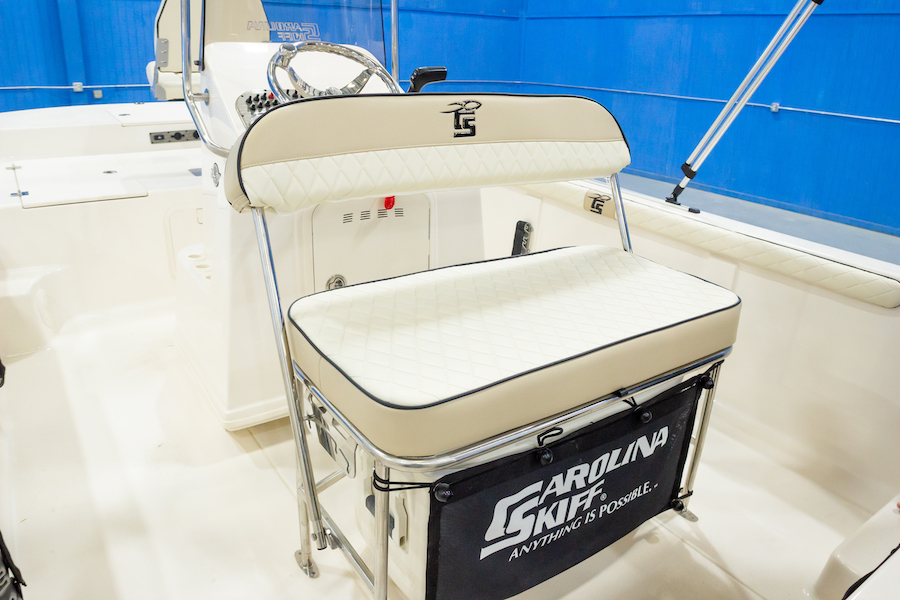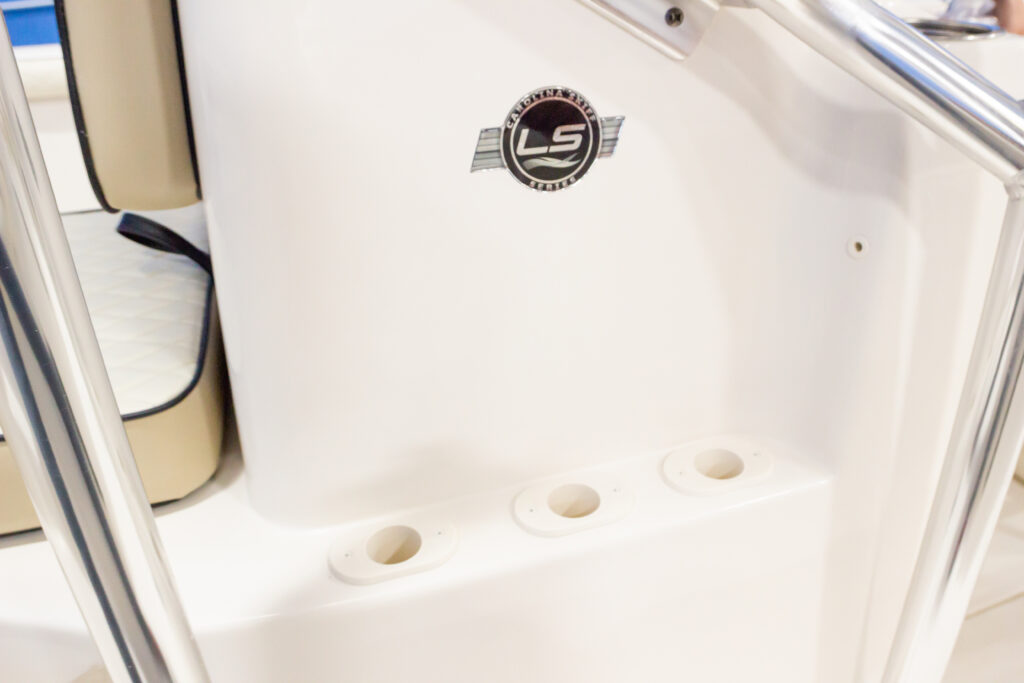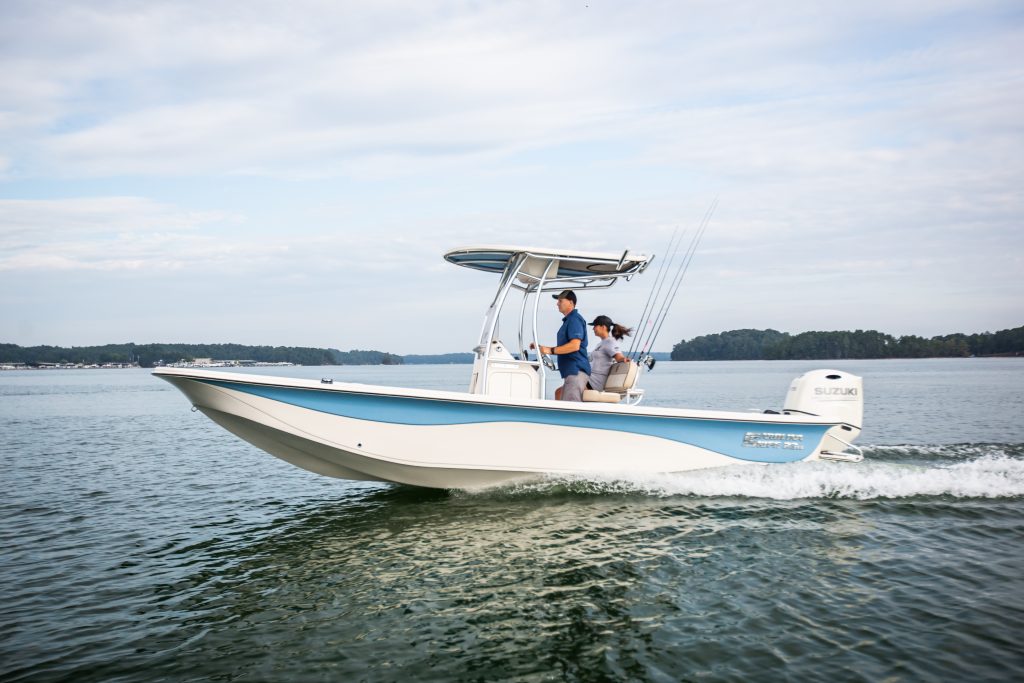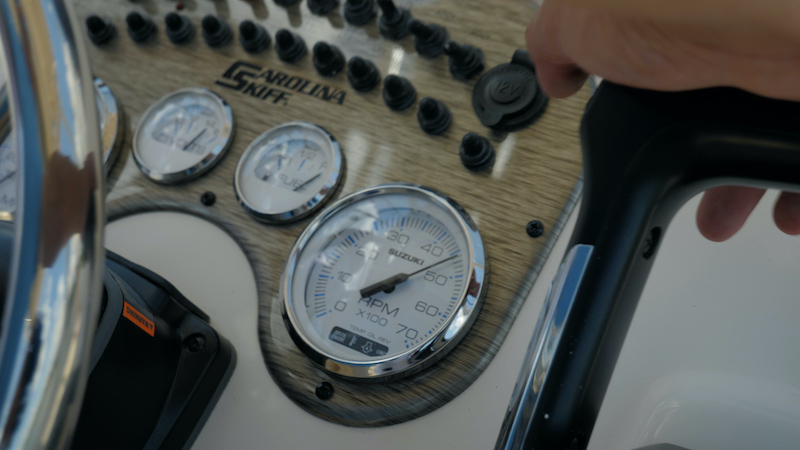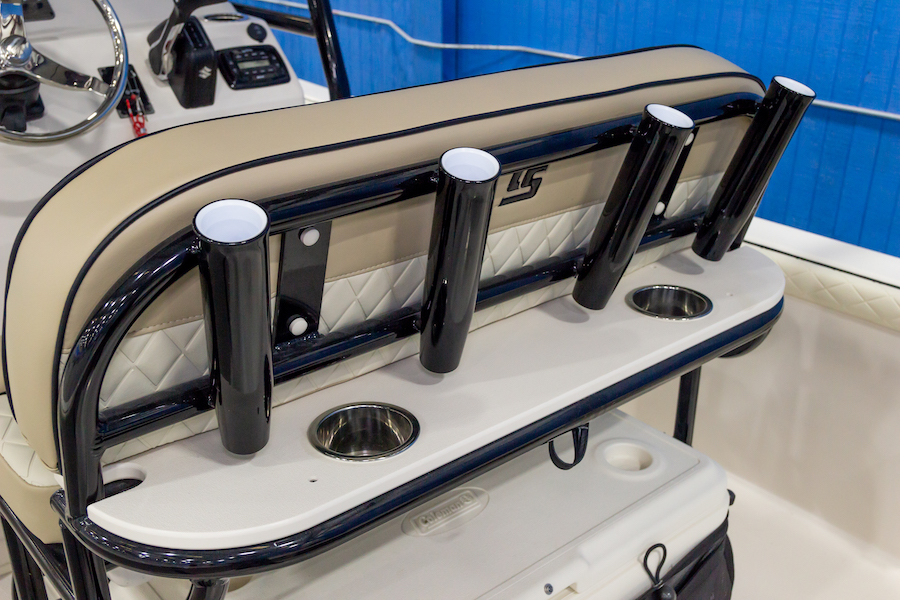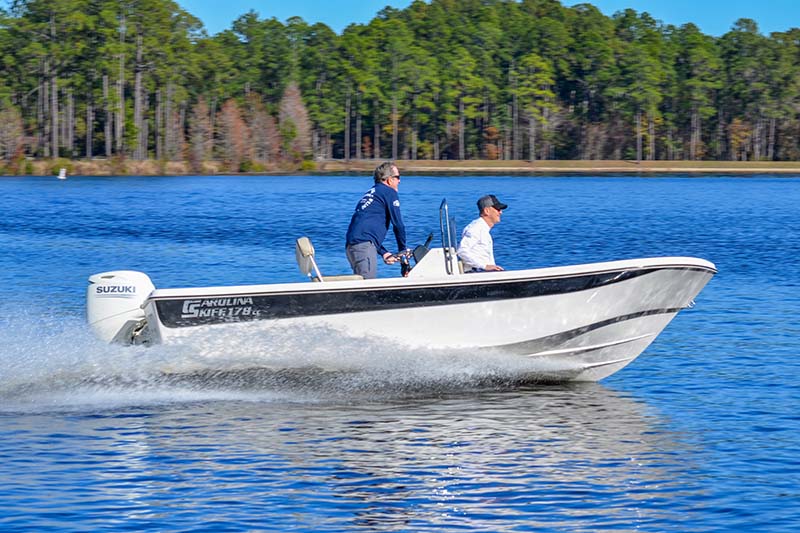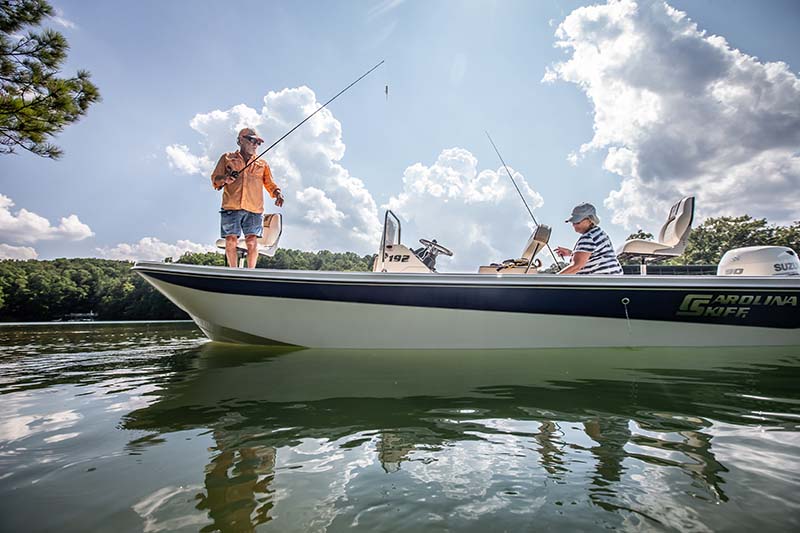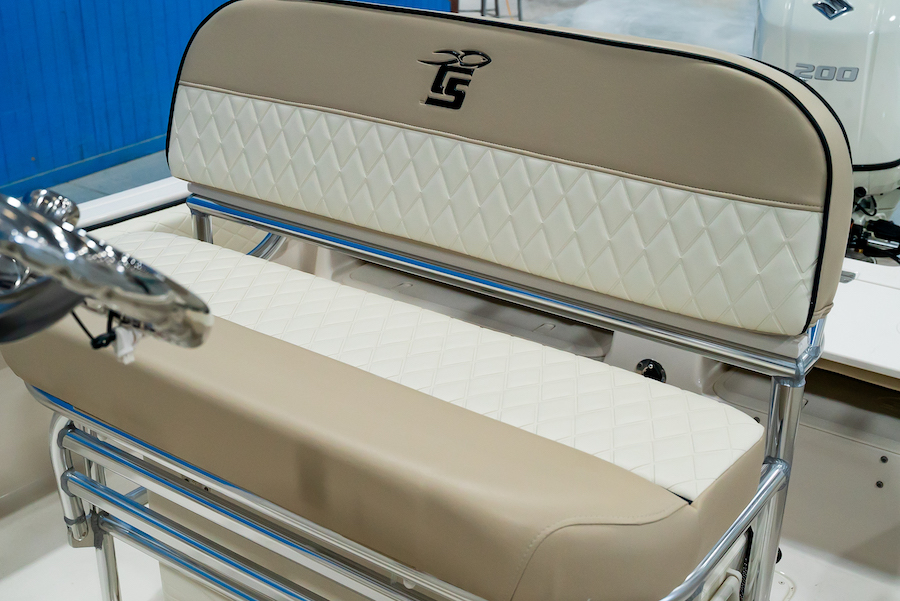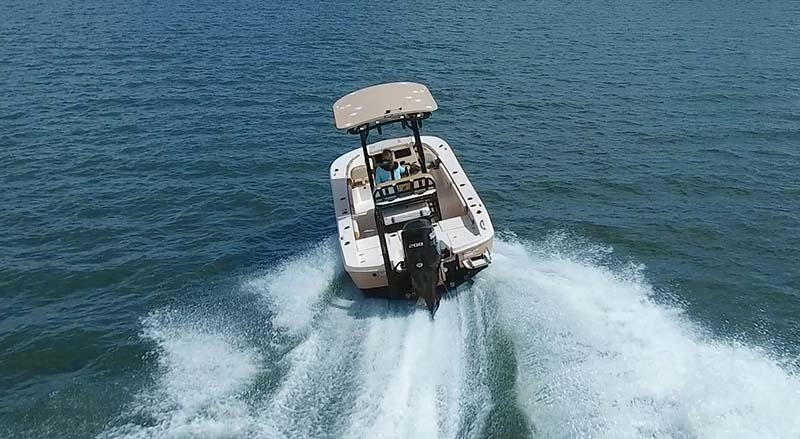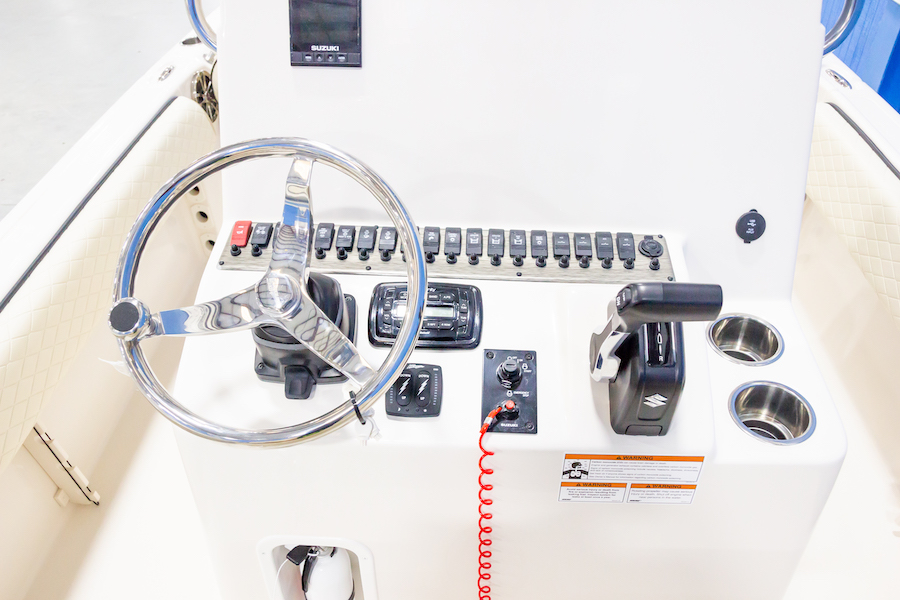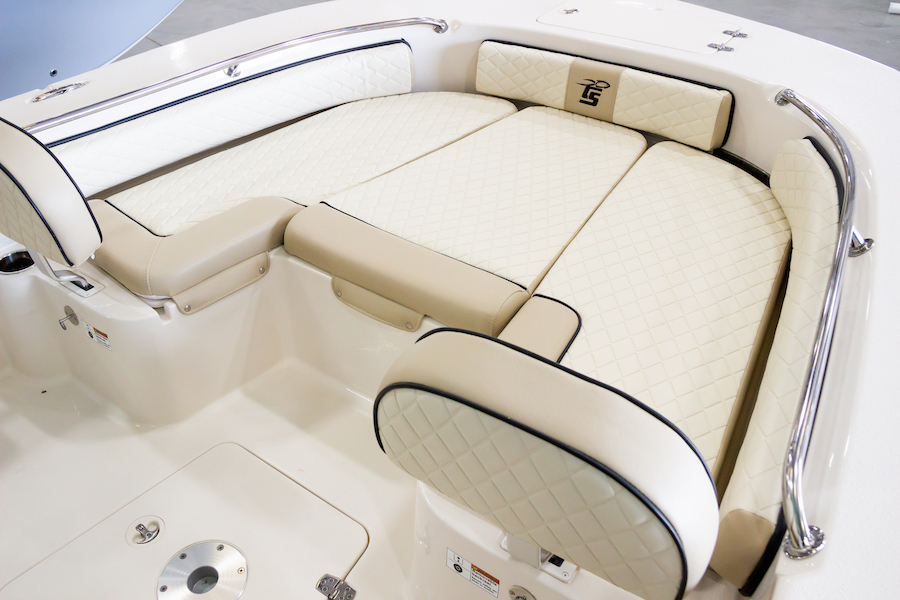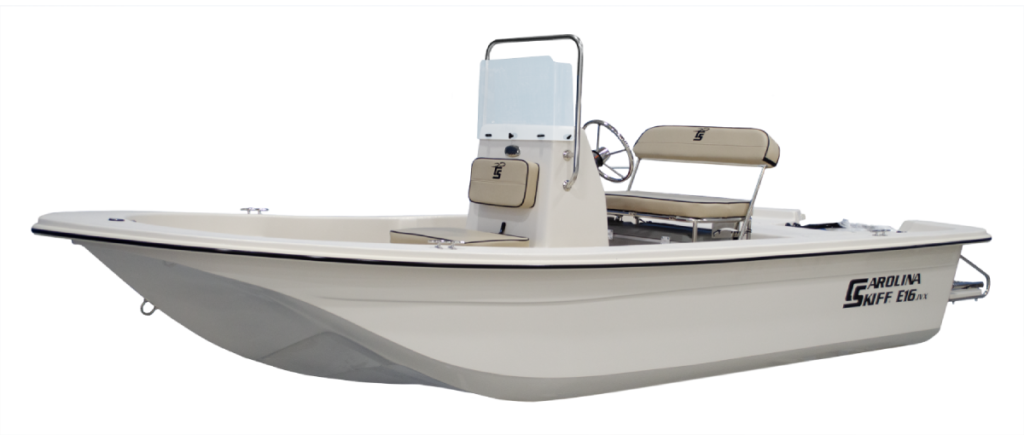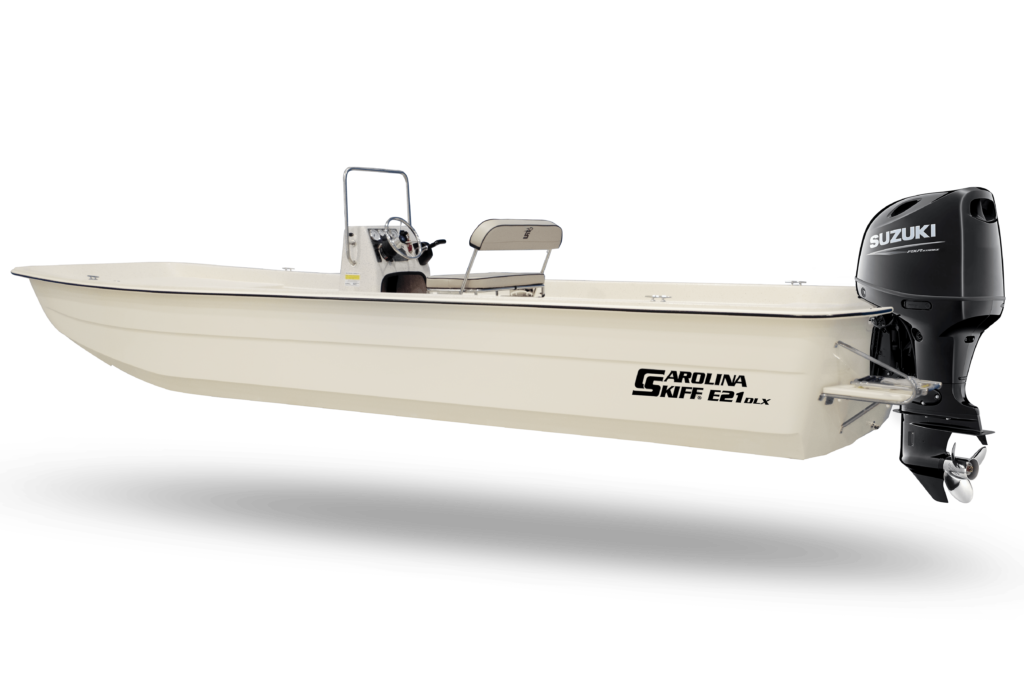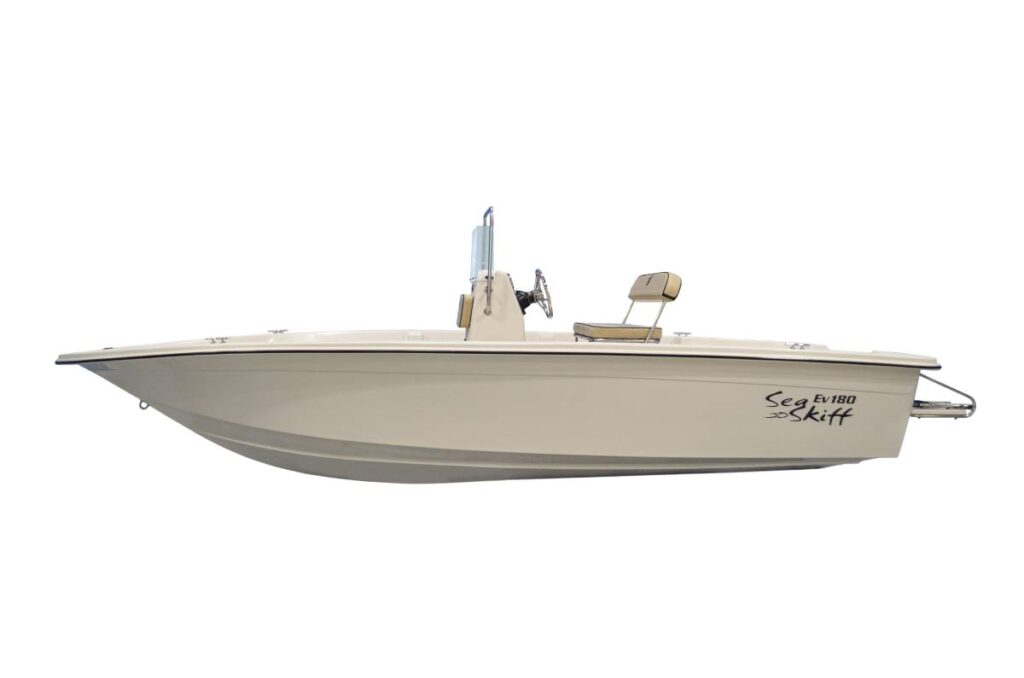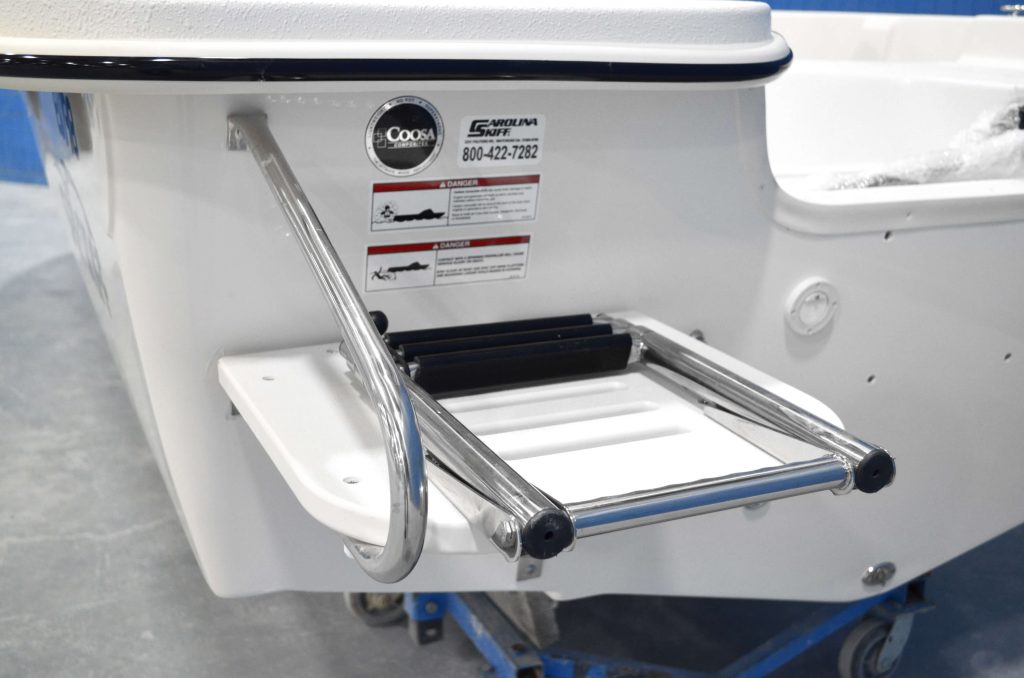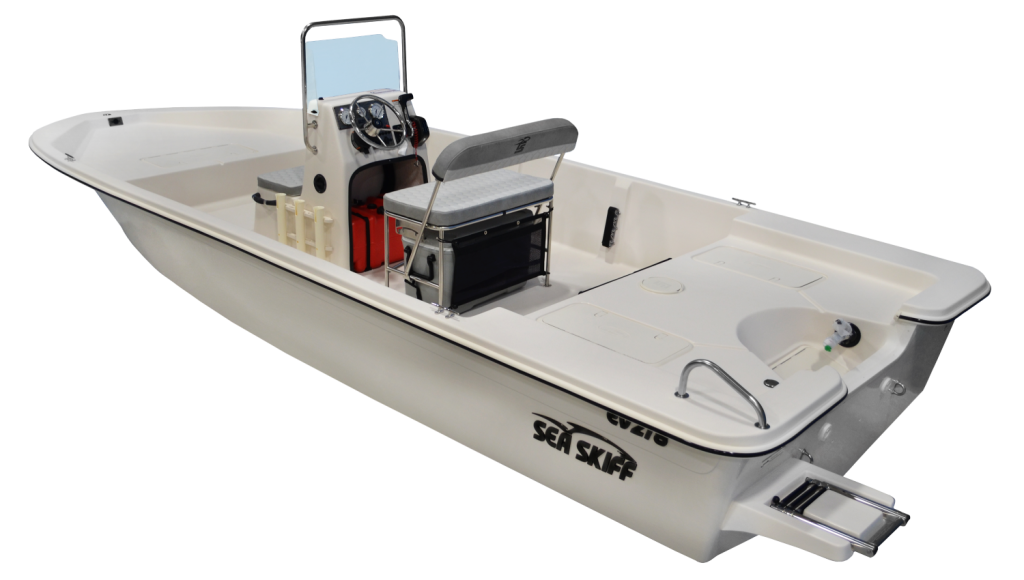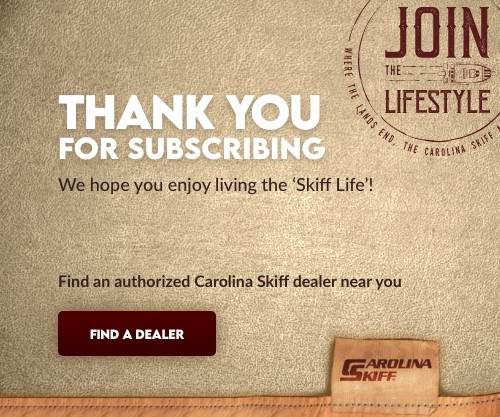Florida’s lobster mini-season is over and the mad dash to tickle bugs from out of coral heads is over. But now, the REALlobster season is here, and it’s time to start putting some meat in the freezer!
The Florida Wildlife Commission sets the mini-season as the last consecutive Wednesday and Thursday of July each year. The regular lobster season runs from August 6 to March 31 each year. (More information can be found at www.myfwc.com.)
Typically, the best lobstering is on the west side of the archipelago of the Florida Keys, ranging from Key Largo to Key West. Spiny lobster like to take up residence, often in large groups, around coral heads, wrecks, and other submerged structure.
Although many anglers use SCUBA gear, it’s hard to beat the fun and challenge of freediving with a snorkel and a mask. The requisite gear, which can be purchased in kits at most dive and tackle shops, include a net, rubberized gloves, a lobster bag lobster measuring gauge and a tickle stick — a 4-foot long fiberglass rod that will allow you to control the direction of the “bug” when you are trying to capture it. In addition, you’ll need a Florida Fishing License with a lobster endorsement.
The art of tickling lobsters is actually pretty simple. The one thing to remember is that very much like an overgrown shrimp, a lobster’s natural reaction it to head backwards when it feels threatened. This is where the tickle stick comes in handy. It gives you the ability to maneuver the lobster into a direction that leads it directly into the net.
Once the lobster shoots into the net, it’s important to twist the net with a quick flick of the rest to make sure the bug stays there, then is transferred to the mesh lobster bag. Remember, however, that all spiny lobster must be landed in whole condition (don’t take the heads off until you reach the dock.) And when you are cleaning them, here’s a quick tip on deveining.
After you’ve removed the head, break off one of the antennae, then remove the first 3 or 4 inches of it. Then, insert through the opening at the base of the tail, twist and remove the intestinal tract. Now is a great time to explore the waters, new areas and have several successful lobster trips before the water temperatures drop. m for all of your “adventures.”
The DLV series from Carolina Skiff meets these needs providing a smooth and outstanding performance.
Ranging from 17-feet, 8-inches to 24 feet in length, the DLV features an open deck plan with large front and rear decks that is perfect for accommodating a large lobstering crew and fishing buddies. The unique hull design is great for the shallow water angler plus provides stability those who like to head out to deeper waters. A modified Tri-V Hull provides a smooth and dry ride for you and the entire crew. The DLV Series of boats are loaded with many great standard options including quality stainless still components, plenty of storage space, rear cushioned jump seats, plus the choice of a Bimini or T-Top. Plus, there are numerous additional options you may choose to create the perfect boat for your specific needs and budget.
Like every member of the Carolina Skiff family, the DLV features wood-free, all composite construction. They also feature an industry leading warranty, that warrants the hull’s bottom construction against delamination or separation for five years, providing that the integrity of the hull and floor has not been damaged by improper use.
For more information on the DLV series of boats and the rest of the Carolina Skiff family, visit www.carolinaskiff.com.. Check out the DLV Model you like and use their exclusive “Boat Builder” and choose the options you like best. Also, explore Carolina Skiff’s social accounts and their blog, “Carolina Skiff’N” for additional fishing and boating features to enjoy.





